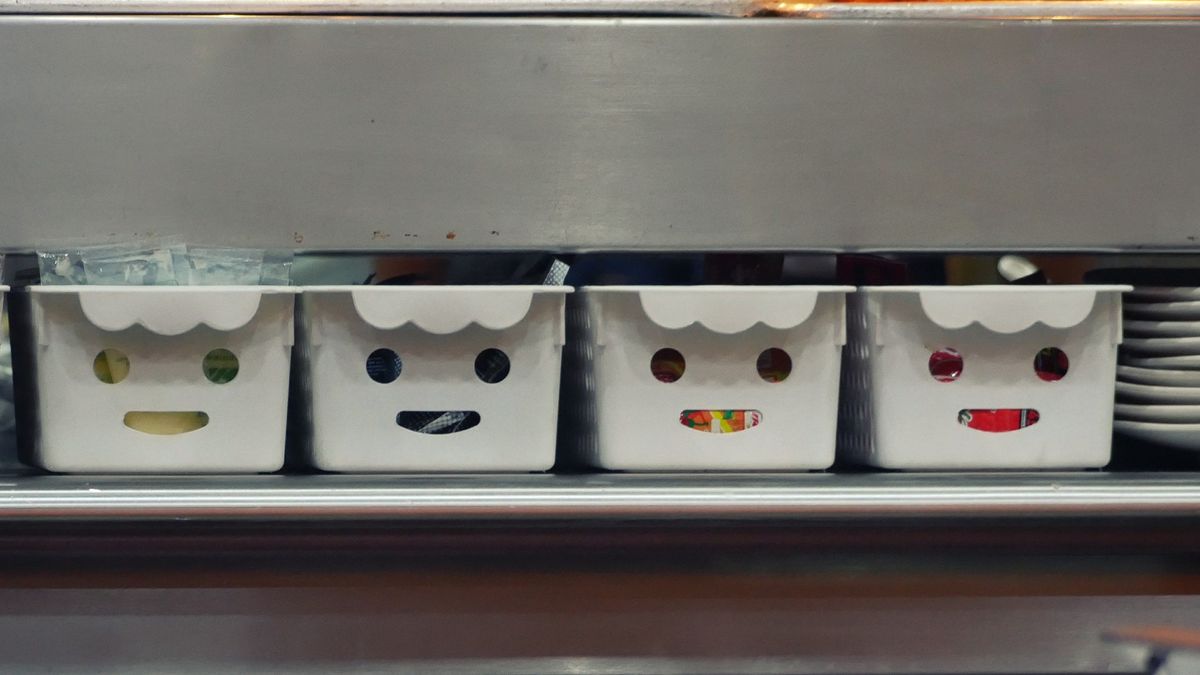
In addition to cat videos, a favorite social-media meme is portraying faces in everyday objects. They’re always good for a smile.
But everything in this world has a name and imaginary faces are no exception. This phenomenon has been labeled pareidolia — “the illusory perception of meaningful patterns or images of familiar things in random or amorphous data, as a face seen on the moon” (https://www.dictionary.com/browse/pareidolia).
I’m sure we’ve all seen some variations of human images in the most unlikely places, but according to a recent study published Wednesday in the journal Biology Letters, you might be more susceptible to “face pareidolia” if you’ve just given birth. Almost 380 women, about two-fifths of whom were pregnant or had given birth in the past year and the rest of whom were not pregnant, were shown a series of images. According to the study’s lead author Jessica Taubert, a psychologist at the University of Queensland in Australia, “We found postpartum women rated objects with illusory faces as more ‘face-like’ than expectant women and those not pregnant.” The authors say face pareidolia is common, but no one has known whether susceptibility to the phenomenon changes throughout life until this study was conducted.
Why any change? Taubert and her team hypothesize that this is probably because after birth women have elevated levels of oxytocin, the hormone that regulates many body processes involved in reproduction and social behavior. “Oxytocin is known for reducing stress, enhancing mood and promoting maternal behaviors like lactation [breast milk production and secretion], so it could contribute to a heightened sensitivity in perceiving faces in objects,” Taubert said. However, the team didn’t directly measure oxytocin levels, so other factors could have caused the differences between groups.
As a practical matter, heightened sensitivity in postpartum women may promote social bonding, and oxytocin may be responsible for this. But more testing is needed before any conclusions can be drawn. “The findings elicit curiosity,” says Joydeep Bhattacharya, a professor of psychology at Goldsmiths University of London who was not involved in the research. “But we need more robust replications and proper measurements to make any reliable conclusions.”
For more information, see “New Mothers More Likely to Experience Pareidolia, When Your Brain Thinks It Sees Faces in Inanimate Objects” by Emily Cooke at https://www.livescience.com/health/fertility-pregnancy-birth/new-mothers-more-likely-to-experience-pareidolia-when-your-brain-thinks-it-see-faces-in-inanimate-objects?
